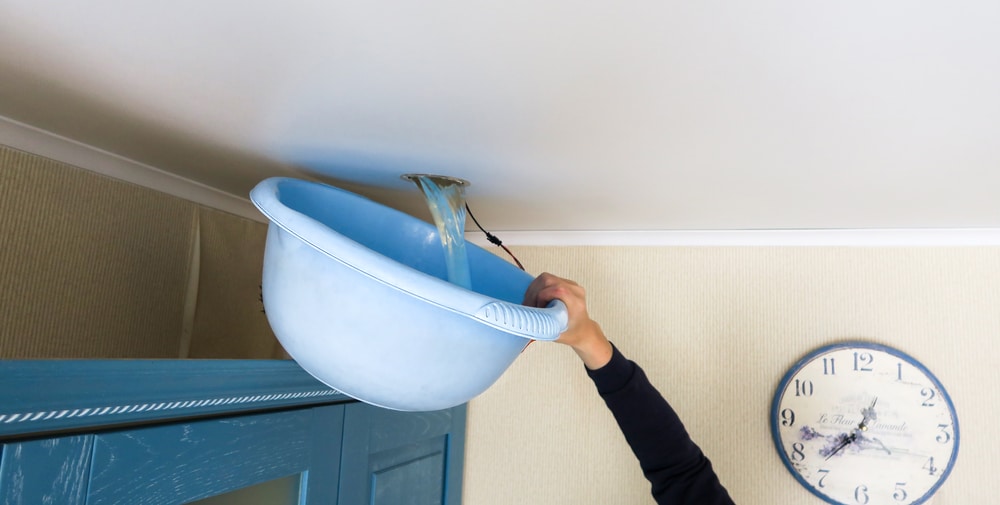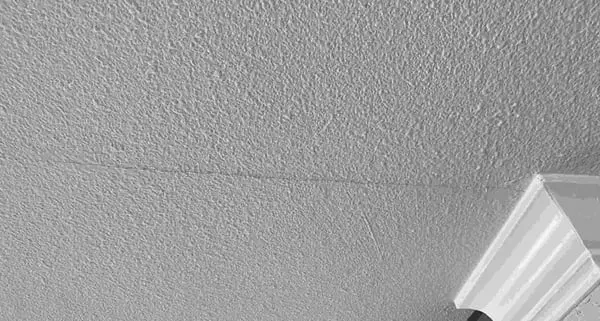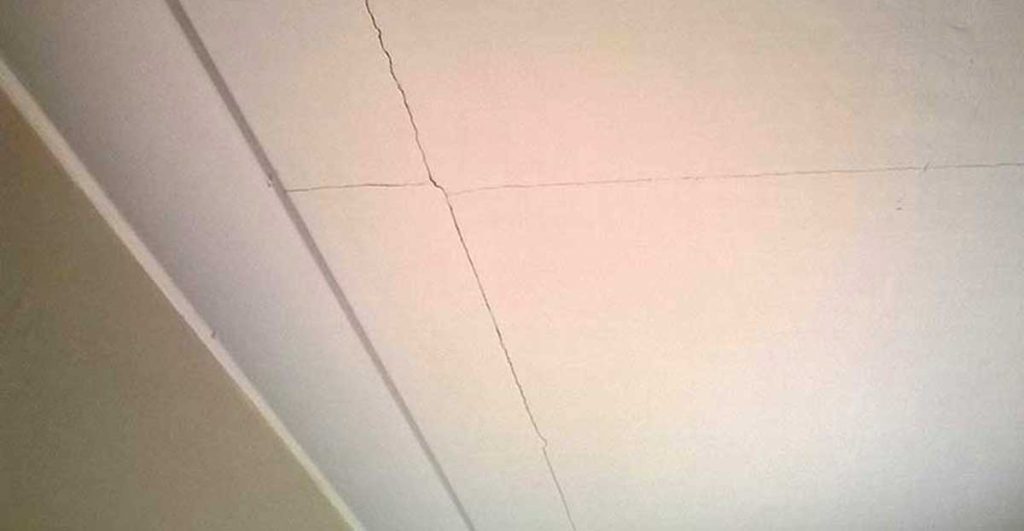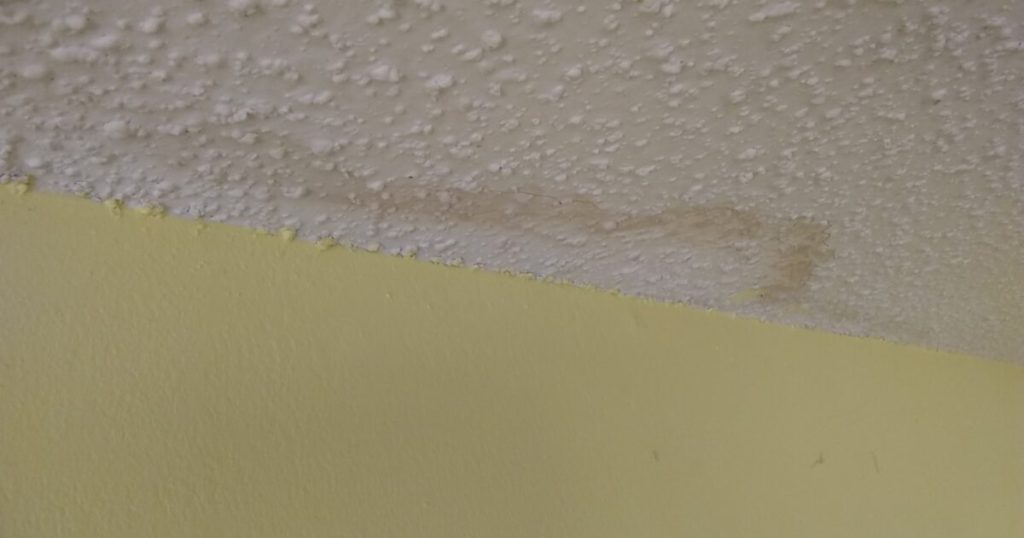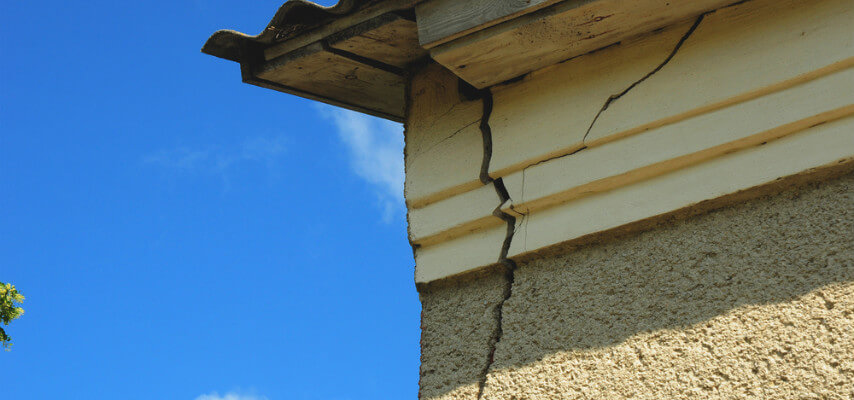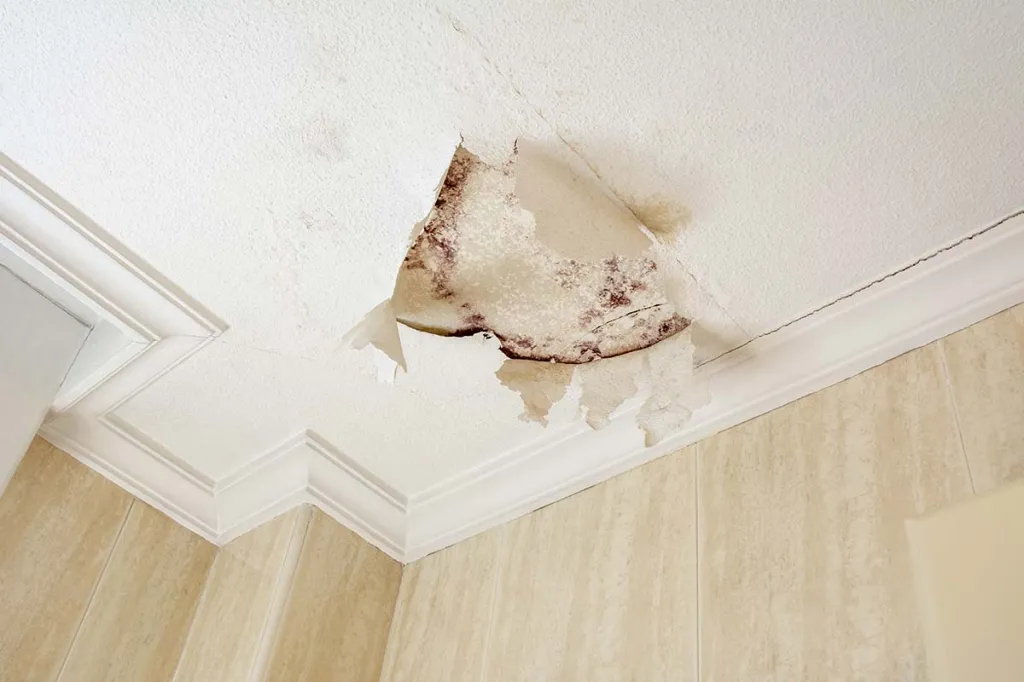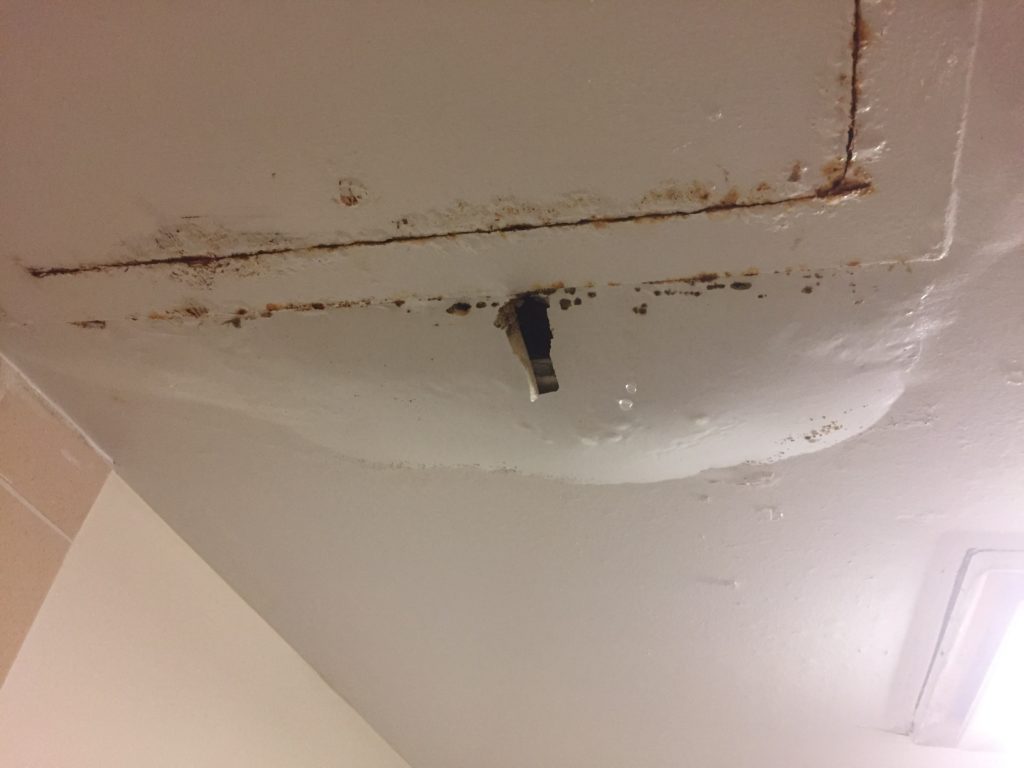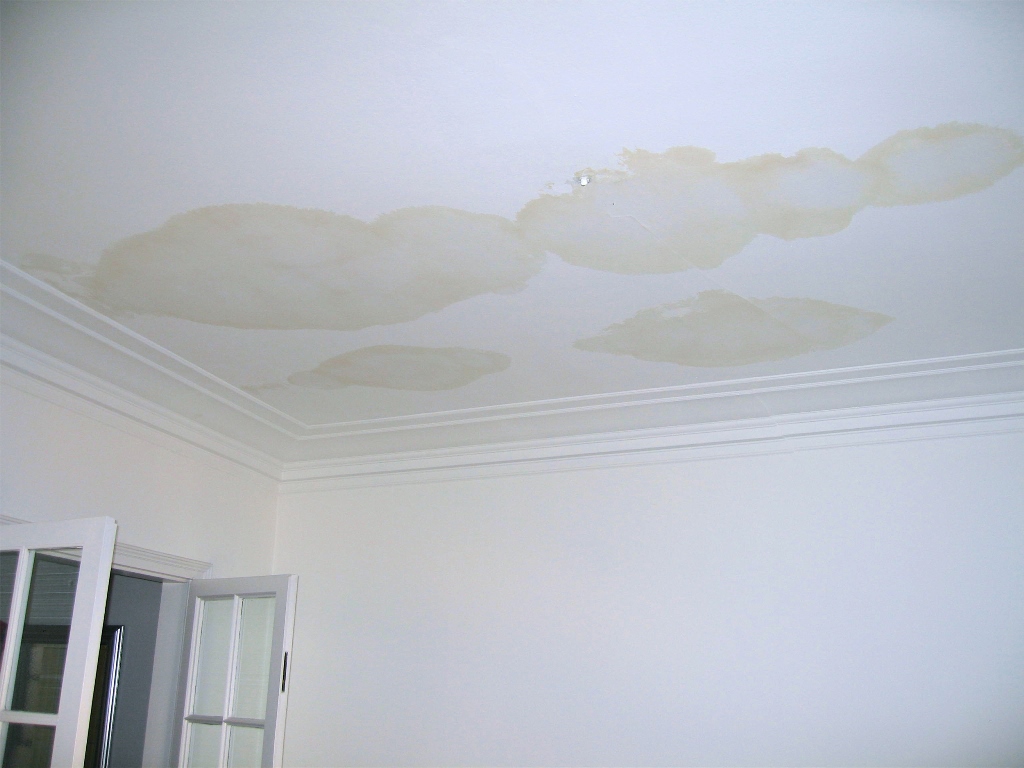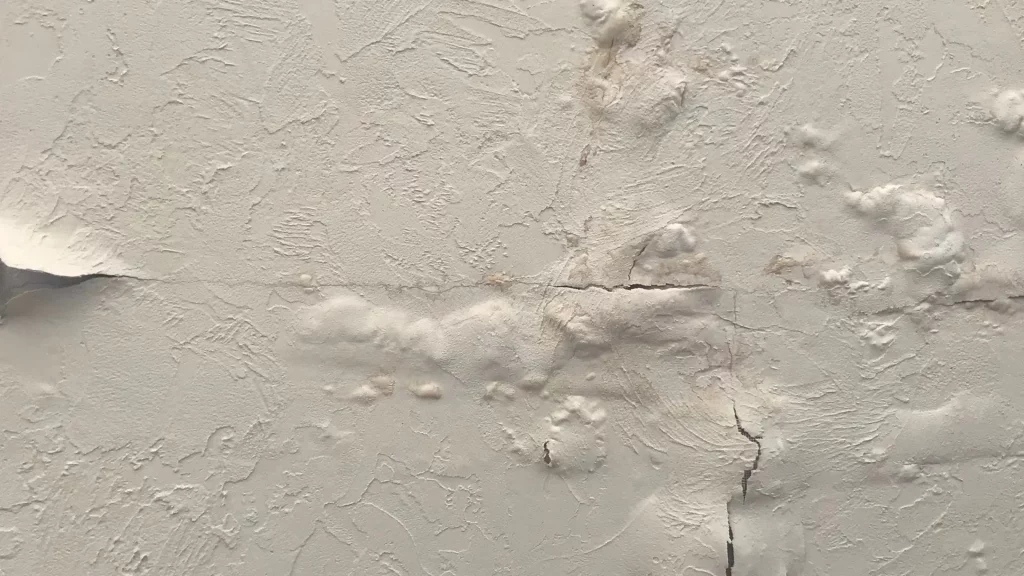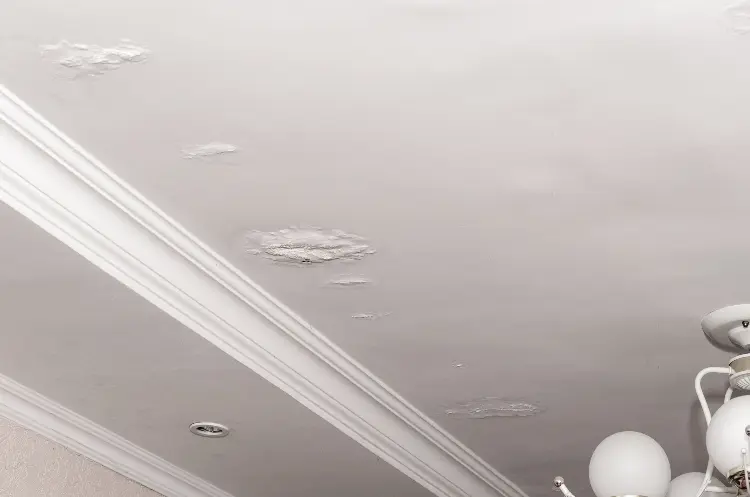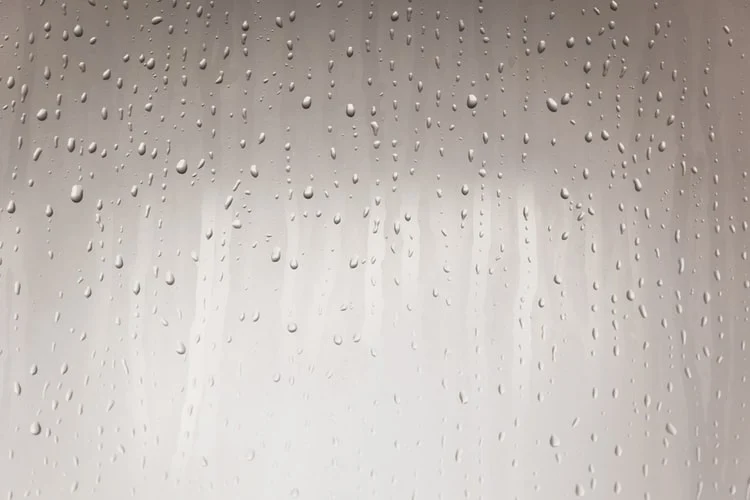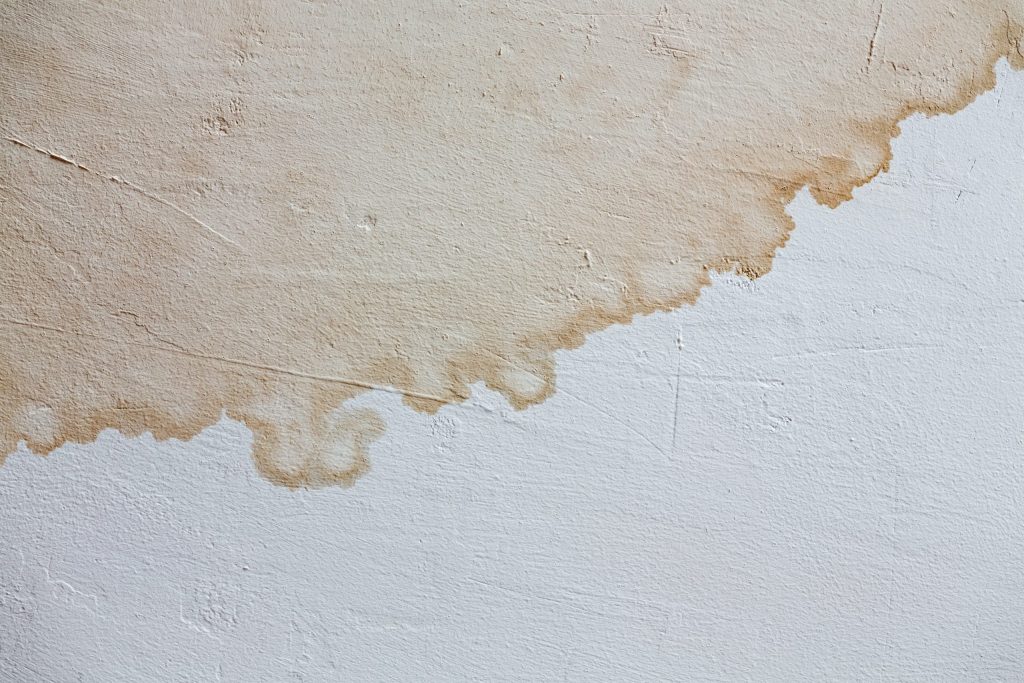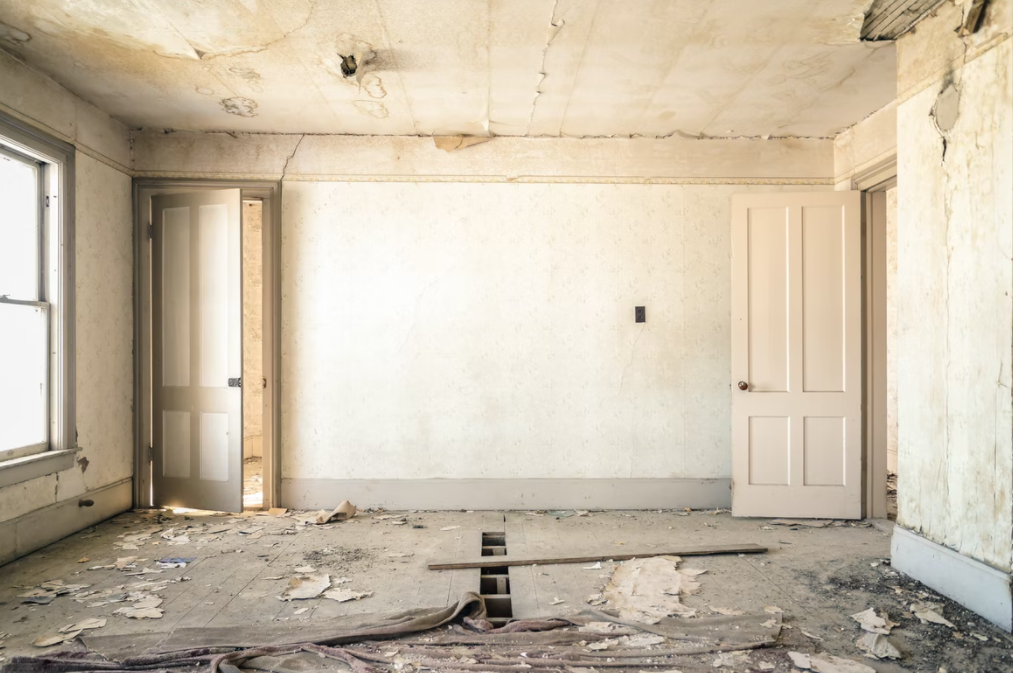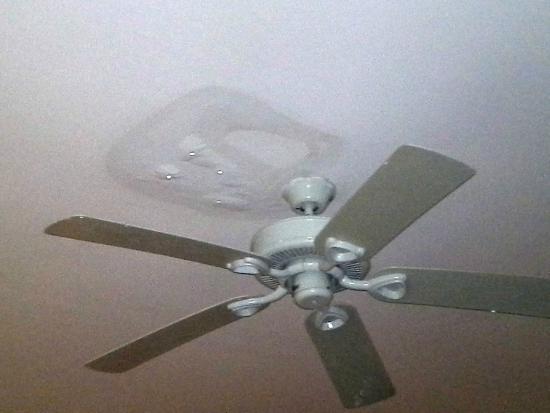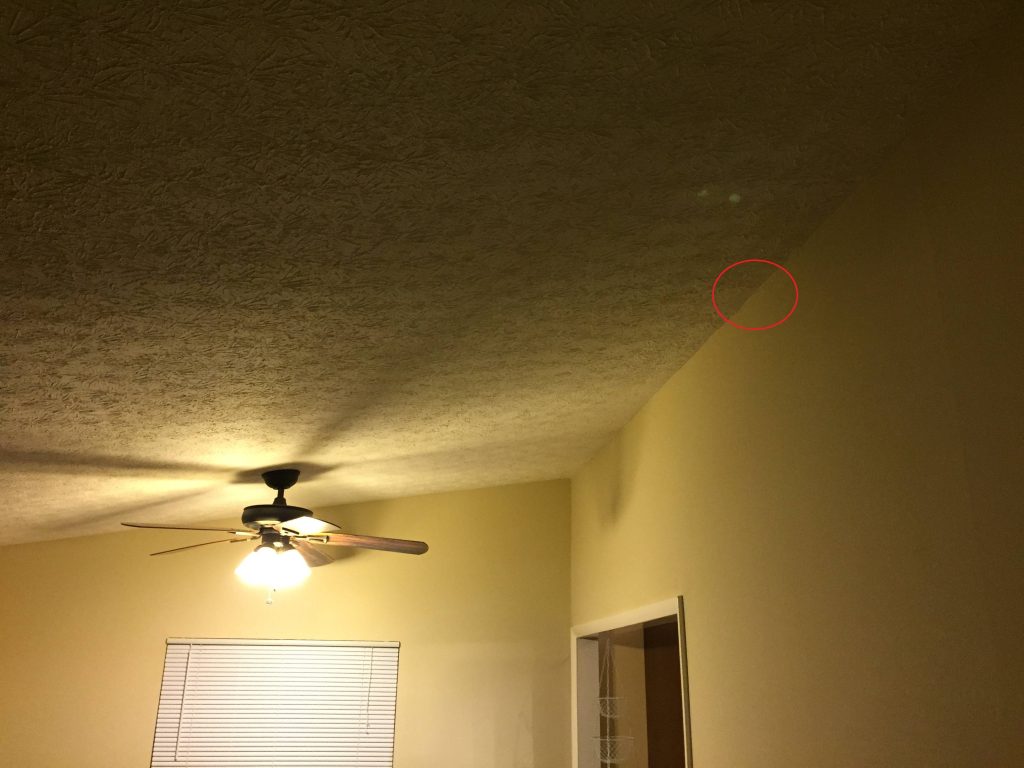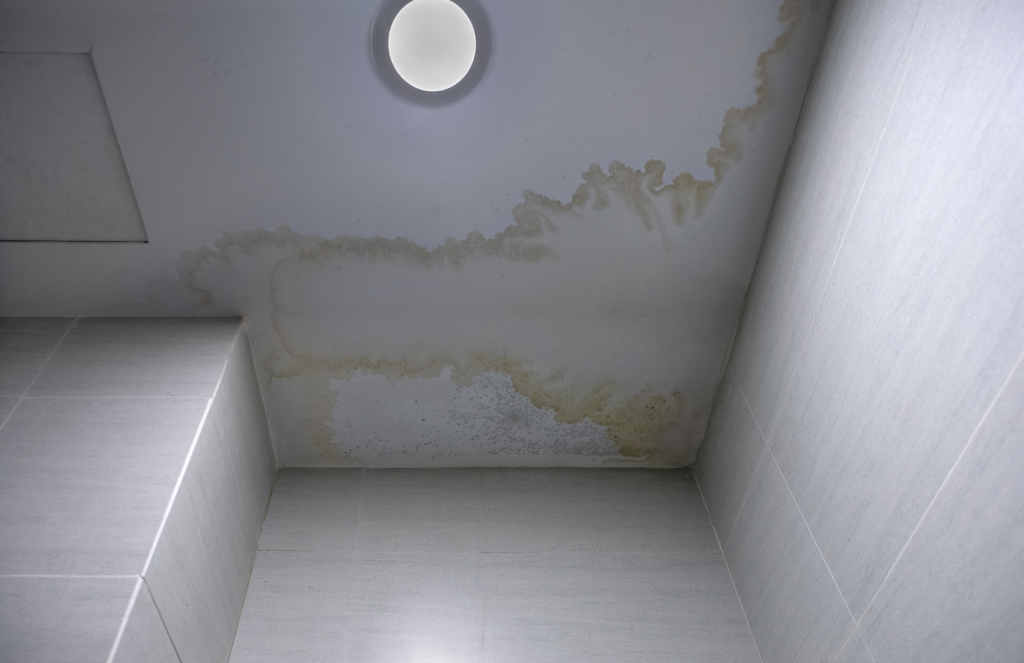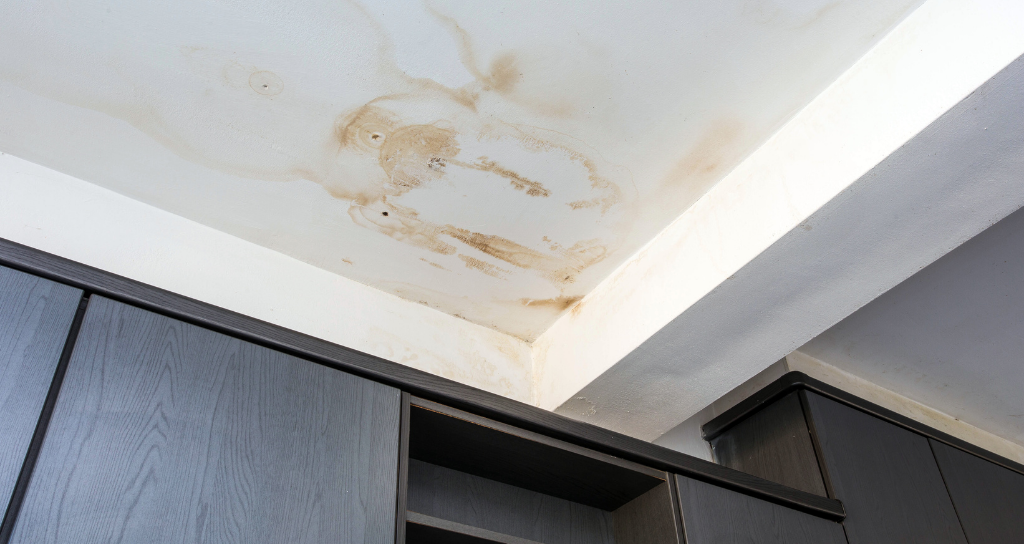If you’ve noticed a wet spot on your ceiling after heavy rain, it’s essential to address the issue as soon as possible. Water spots can indicate several potential problems, from minor leaks to serious structural issues. Ignoring these warning signs can lead to increased damage, costly repairs, and health risks from mold or mildew growth. In this article, we’ll explore the possible causes of a wet spot on the ceiling after heavy rain, methods to prevent future leaks, and steps for handling water damage before it becomes a more significant problem.

Common Causes of a Wet Spot on Ceiling After Heavy Rain
A wet spot on the ceiling can stem from several sources. Understanding these causes can help you determine the necessary repairs and prevent future issues.
1. Roof Leaks
Roof leaks are one of the most common reasons for water spots on ceilings. Heavy rain can cause water to seep through any weak spots, holes, or gaps in the roof. Even a small crack or misaligned shingle can allow water to penetrate, resulting in a wet spot inside your home. Common causes of roof leaks include:
- Damaged or missing shingles: High winds or heavy rain can loosen or break shingles, allowing water to seep through.
- Worn flashing: Flashing is used around vents, chimneys, and other roof openings to create a watertight seal. Over time, flashing can corrode or wear out, leading to leaks.
- Clogged gutters: When gutters are clogged with leaves or debris, water may not flow away from the roof correctly, potentially causing it to back up under the shingles.
- Improper installation: Poorly installed roofing materials or flashing can create gaps where water can enter, especially during heavy rains.
Read too: Discovering the Charm of Nautical Outdoor Ceiling Fans for Your Coastal Retreat: Sail into Style
2. Plumbing Leaks
Sometimes, the issue isn’t the roof itself but rather plumbing pipes running through the attic or above the ceiling. After a period of heavy rain, increased humidity may lead to pipe sweating, causing water to drip onto the ceiling below. Alternatively, if there is a minor leak in a pipe joint, it may only show up as a wet spot on the ceiling under high moisture conditions.
3. Condensation Issues
Condensation can occur when warm, moist air in the home meets a cold surface, like the attic or ceiling. During heavy rain, if the air in your attic becomes more humid and the temperature cools rapidly, condensation may form, eventually causing a wet spot on the ceiling. Poor attic ventilation can exacerbate this problem, especially in homes with insufficient insulation or in colder climates.
4. Chimney Leaks
If your home has a chimney, it’s another potential source of leaks. Heavy rain can seep through the chimney flashing, or water can penetrate cracks in the chimney structure. This water can travel down and reach the ceiling, creating a wet spot. Chimneys that lack a proper cap or crown are particularly vulnerable to water intrusion during heavy rain.
5. Window or Siding Leaks
In multi-level homes, water spots on a lower ceiling could be caused by leaks around windows or siding on an upper floor. When rainwater enters through small cracks or gaps around windows or poorly sealed siding, it can flow down the walls and accumulate on the ceiling below, leading to a visible wet spot.
What to Do When You Notice a Wet Spot on Ceiling After Heavy Rain
Seeing a wet spot on your ceiling after rain is concerning, but prompt action can help you minimize damage. Here’s a step-by-step approach to handle the situation:
Step 1: Identify the Source
The first step is identifying the source of the leak. Start by inspecting the roof, attic, and any areas above the ceiling where water might be seeping in. Look for visible damage, such as missing shingles, rusted flashing, or clogged gutters. If you’re unable to locate the source on your own, consider hiring a professional roofing contractor to perform a thorough inspection.
Step 2: Dry Out the Area
If the wet spot is relatively small, you may be able to dry it out with a fan or dehumidifier. Removing moisture from the area as quickly as possible can help prevent mold growth. Avoid using heaters, as they can cause the area to dry unevenly and potentially warp the ceiling.
Step 3: Make Temporary Repairs
While waiting for professional repairs, consider making temporary fixes to stop water from entering. For example:
- Cover leaks: If you’ve identified roof damage, place a tarp over the affected area to block additional rainwater from entering.
- Seal minor leaks: Use a water-resistant sealant to temporarily close small gaps in the flashing or roof until more permanent repairs can be arranged.
Step 4: Assess for Mold or Mildew
Excess moisture can lead to mold or mildew growth within 24 to 48 hours, especially in porous materials like drywall. After drying the wet spot, check for any signs of mold around the area. If you detect mold, it’s essential to clean it immediately or call a professional for more extensive remediation if necessary.
Preventing a Wet Spot on Ceiling After Heavy Rain
Prevention is the best way to protect your home from water damage after heavy rain. Here are some proactive measures you can take to keep your ceiling dry:
Regular Roof Maintenance
Routine roof maintenance is key to preventing leaks. Schedule an annual roof inspection to identify and address any damage before it leads to interior water problems. Replace missing or damaged shingles, repair flashing, and clean out gutters regularly to ensure rainwater flows away from your home.
Proper Attic Ventilation and Insulation
Good attic ventilation prevents condensation and reduces moisture buildup, helping to protect your ceiling from wet spots. Ensure that your attic is adequately ventilated and insulated, as this will help to maintain a consistent temperature and reduce condensation. Adding additional insulation or upgrading existing insulation may also help prevent moisture problems.
Install a Chimney Cap
For homes with a chimney, a chimney cap is a worthwhile investment to prevent rainwater from entering the chimney and leaking onto the ceiling. The cap also keeps out debris and small animals, which can cause blockages or contribute to leaks.
Check Windows and Siding
To prevent leaks from windows or siding, inspect these areas periodically and seal any cracks or gaps. Use weather-resistant caulk around windows and ensure siding is properly sealed. Proper maintenance of windows and siding can prevent water from seeping into the walls and down to the ceiling below.
Signs You Need Professional Help for a Wet Spot on Ceiling After Heavy Rain
While some issues can be handled on your own, there are situations where calling a professional is the best option. Here are some signs it’s time to consult a pro:
- Persistent or Growing Water Spots: If the wet spot remains or grows larger over time, it indicates an ongoing issue that needs professional intervention.
- Multiple Wet Spots: Multiple spots suggest there may be multiple points of entry for water, which can be challenging to address without a professional inspection.
- Mold or Musty Odors: If you notice mold or a musty smell, it’s crucial to call a mold remediation expert, as mold can pose serious health risks.
- Visible Roof Damage: If your roof has extensive damage, such as missing shingles or warped flashing, hire a roofing contractor to perform a full inspection and make necessary repairs.
How to Repair a Water Damaged Ceiling
Once the source of the leak has been addressed, you’ll need to repair the water-damaged ceiling to restore it to its original condition.
Step 1: Remove Damaged Materials
If the ceiling material is significantly damaged, you may need to remove the affected section. For minor discoloration, a good cleaning and a fresh coat of stain-blocking primer and paint may suffice.
Step 2: Patch and Sand
If you’ve removed any damaged drywall or plaster, replace it with a new piece, making sure it fits securely. Use joint compound to smooth out any rough edges and sand the area until it blends seamlessly with the rest of the ceiling.
Step 3: Prime and Paint
Once the area is dry and smooth, apply a stain-blocking primer to prevent future discoloration. Finish by repainting the area to match the rest of the ceiling.
Conclusion
A wet spot on the ceiling after heavy rain can be more than a minor inconvenience; it can signal significant issues that, if left unresolved, may lead to costly repairs and health risks. By understanding the causes of these water spots, taking immediate action to identify the source, and addressing any resulting damage, you can prevent future problems and keep your home safe and dry. Regular maintenance, such as checking your roof, gutters, and attic, can go a long way in protecting your home from water damage. When in doubt, don’t hesitate to contact a professional for inspection and repairs—catching problems early can save you time, money, and frustration in the long run.

